Blog
Flash Light verses Natural Light
Most professional photographers, at some point, are faced with the question: is it better to use flash light or natural light in their photography? I don’t think there is a right or wrong answer, but as a photographer who has made the leap from solely using natural light to regularly using some form of flash light or artificial lighting I thought I’d write this blog to review some key differences between the two, and highlight some pros and cons.
Defining Natural Light and Flash Light
Definitions vary but for the purposes of this article natural light is, in simple terms, available light, generally produced by the sun or moon but equally it could be street lighting or the light from a fire. Artificial light is produced a controllable source, such as studio strobe, speedlight, LED light or camera pop up flash. As a wedding photographer I use off camera speedlights as they are portable, versatile and easy to set up.
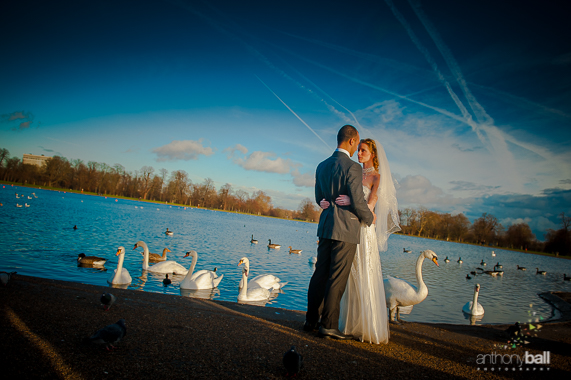
The use of natural light shot on a winter’s afternoon (low sun), Kensington Park Wedding, London.
The Advantages of Natural Light
The biggest advantage of natural light is that it is free, usually easy to find and in abundance! All cameras are designed to work in natural light and there is very little pre-shoot setup necessary. Due to the ease of use, it is generally the only light source in the majority of photographs.
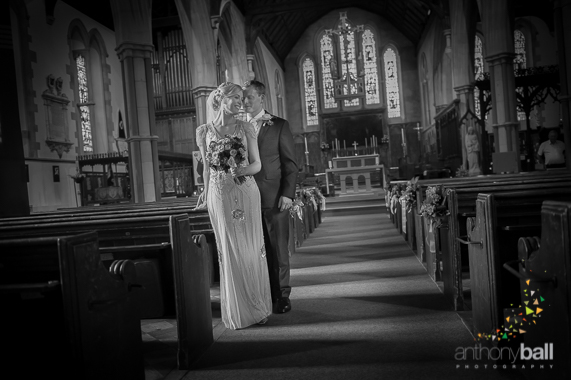
The natural light streaming in through the windows provided a lovely directional light for this photograph of Sam and Eric in Monmouth Church.
The Disadvantages of Natural Light
Despite it’s abundance, it can be very challenging to use as the intensity of natural light varies enormously. Depending upon the season, weather, location and time of day, natural light will produce different colours and contrast in your images. For example; evening sunlight produces a beautiful warm golden light whilst midday sun tends to produce a neutral and extremely high contrast light. Some of these issues can be overcome with the use of reflectors, diffusers and lens filters, but generally a photographer is going to have to work with what nature provides them.
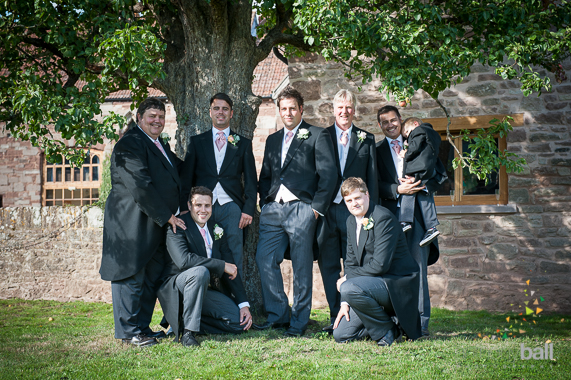
A combination of sunlight and shadow combine here to give heavy contrast, overexposed and underexposed faces. The solution is to find a location completely in shadow or use some fill in flash to help highlight the faces in the shadows. Becca and Johan’s wedding at Flanesford Priory, Herefordshire.
The Advantages of Flash Light
Firstly artificial, or flash light, offers more control over your lighting. It enables me to capture a photograph that is dramatic. My subjects can be separated from the background by the use of fill in flash, or given a highlight with back flash.

A single Speedlight was used to provide backlighting on this dull, overcast day which provided highlights to Laura’s hair and a rim of light around Laura and Olli’s arms. Taken at Stonehouse Court Hotel, Cotswolds, Gloucestershire
Combining multiple flash units will give a combination of effects and remove shadows.
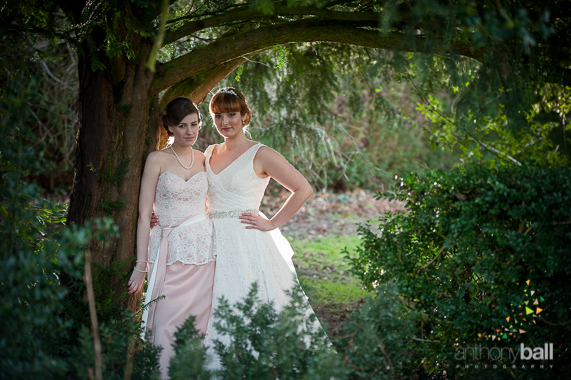
An example of a two light set up. One behind and a low filling light to the front. Taken at Pengethley Manor, Herefordshire.
The other great advantage of a bit of flash light is that it can bring your subject’s eyes to life. That little light spot reflecting in the subject’s eyes provides life to your photographs.
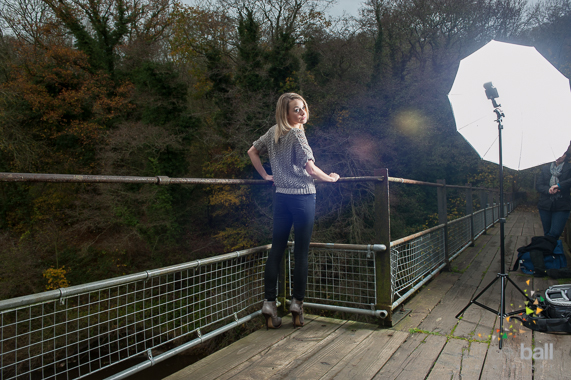
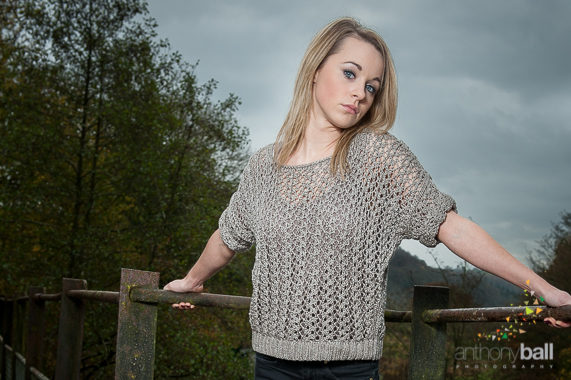
Light spots in the eyes can bring a subject to life. On location in the Wye Valley, Gloucestershire
The Disadvantages of Flash
The disadvantages from my prospective are cost, the extra equipment to carry and the time required to set up the photograph. The use of flash can take away the flexibility that is often needed at weddings to enable me to capture that split second emotion, or event. Consequently, I tend to use flash only for the group and family photographs and during the time I spend with my couples capturing some amazing fine art images. Flash can also be a very harsh light that casts heavy shadows though this can be avoided with the use of soft boxes and umbrellas.
When to use Flash or Natural Light
So the secret, particularly as a wedding photographer, is to know when to use flash light and when to stick with natural light! As I’ve mentioned earlier in my blog, the majority of photographs are taken using only natural light. The use of flash light can be cumbersome and generally requires a shoot to be set up. This can take away the spontaneity and candid style of photography that many clients are looking for.
My style of wedding photography leans towards unobtrusively capturing the events of the day as they unfold – Candid Wedding Photography. Generally, the only time I direct my subjects is during the group or family photographs, and when I get the couple alone for a while to capture my signature images – Fine Art Wedding Photography. My decision to use flash light or natural light will depend on the light conditions at the time and the effect I am trying to achieve (Candid or Fine Art)
Some examples of natural light shots:

This beautiful wedding photograph of Rebecca was taken inside the entrance to a barn with open doors. This provided a smooth directional light that lit her left side enhancing the shape and curve of her figure yet providing sufficient light to show the details of the exquisite dress.

The use of backlit sunlight to separate Rachel from her husband Frankie worked particularly well here.
Some examples of flash light photographs:

This photograph was taken on an overcast and dull autumn day. A soft boxed flash was located to the left of the couple (out of shot) and remotely triggered to provide a degree of separation from the background and highlight the couple for a better reflection. Taken at Parkfields Country House, Herefordshire.

Facing the bridal party directly into the setting sun and using a bit of off camera fill in flash to ensure the background remained darker. Rachel and Colin’s Wedding at Pengethley Manor, Herefordshire.

I wanted to bring out the really stormy clouds over Oxwich Bay so used quite a powerful two speed light fill in flash setup. Katie and Jason’s Wedding, Oxwich Bay Hotel, Gower Peninsula.
If you would like to know more about using a simple flash light configuration to add some sparkle to your work then drop me a comment. I am in the process of designing some entry level courses and portfolio shoots. So watch this space…

